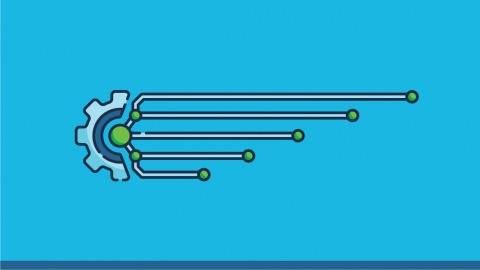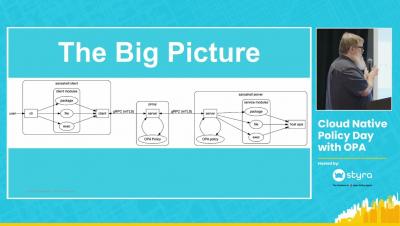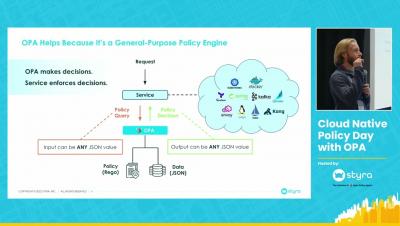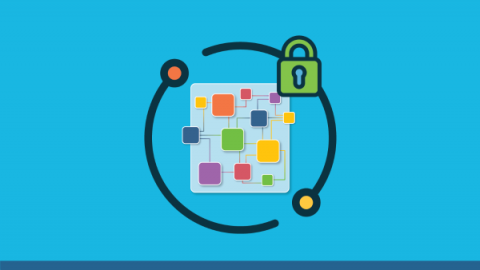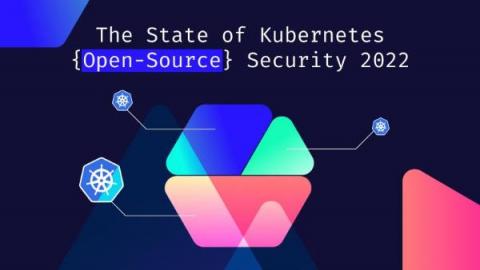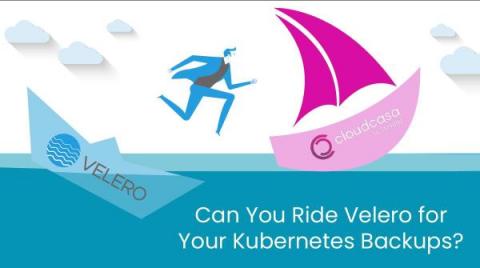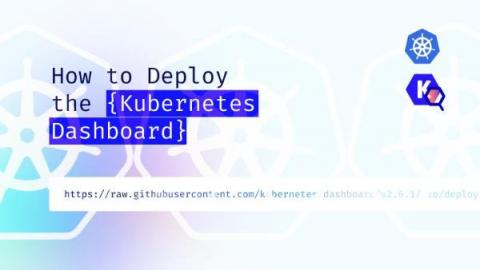Policy as Code with Azure API Management (APIM) and OPA
A common use case for Open Policy Agent (OPA) is to decouple authorization from the application. This enables policies and decisions to be managed centrally and lifecycled independently to the application. For application use cases, OPA can be integrated at the API Gateway, Service Mesh or Microservices layer or any combination of these.


